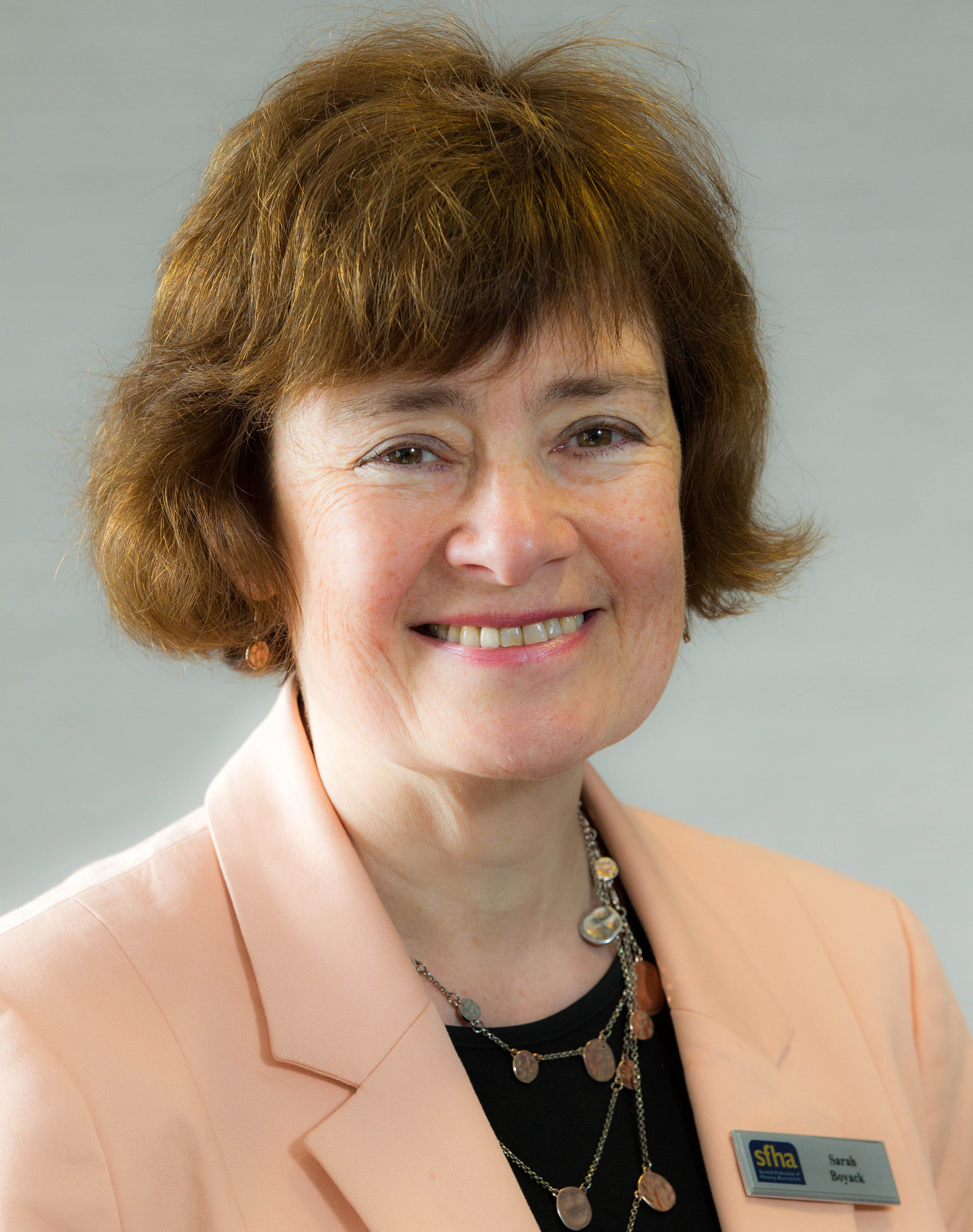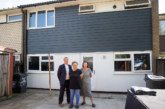
The Scottish Federation of Housing Associations (SFHA) has responded to the Scottish Government’s Fuel Poverty Strategy consultation by calling for the Government to show more ambition and commit to ending fuel poverty sooner.
The Scottish Government is consulting on proposals to set a target to reduce fuel poverty to under 20% by 2030 and under 10% by 2040. Although fuel poverty levels were measured at just under 31% in Scotland in December 2017, the Government’s new fuel poverty definition sees this drop to 26%.
The SFHA has also called on the Scottish Government to provide increased funding to enable housing associations to continue to invest in the energy efficiency of their homes and reduce fuel poverty among tenants.
The federation raised concerns that rural fuel poverty levels will not be realistically represented under a new definition of fuel poverty. Sarah Boyack, SFHA Head of Public Affairs (pictured above), said: “While we welcome the Scottish Government’s continued commitment to addressing fuel poverty, it is our view that the draft Fuel Poverty Strategy lacks ambition. We want to see a strategy that aims to end the scourge of fuel poverty, with the accompanying funding to match.
“We are also calling on the government to commit to supporting housing associations, and other social landlords, to continue to invest in the energy efficiency of their homes. While housing associations have the most energy-efficient homes by tenure, fuel poverty levels are higher among housing association tenants than the national average, because tenants have lower than average incomes. We are therefore calling for the Scottish Government to provide funding to support housing associations to invest in home energy efficiency so that energy inefficiency can be eliminated as a cause of fuel poverty by 2030.
“Finally, we are concerned that the new definition of fuel poverty significantly underestimates levels in rural Scotland. The Scottish Government has set a new definition of fuel poverty and, under this definition, the incidence of fuel poverty in rural Scotland drops from 35% under the old definition to 20% under the new. We know from housing associations with homes in rural and remote Scotland that it is more expensive to heat these homes due to longer colder winters, more expensive fuel prices, and more stone built, hard to heat homes.
“An independent panel of academic experts who reviewed the definition of fuel poverty for the Scottish Government, called on the government to adopt a rural and remote income standard in their definition, in order to account for higher living costs in rural Scotland. The Scottish Government did not accept this recommendation, but we urge them to reverse this decision.”








